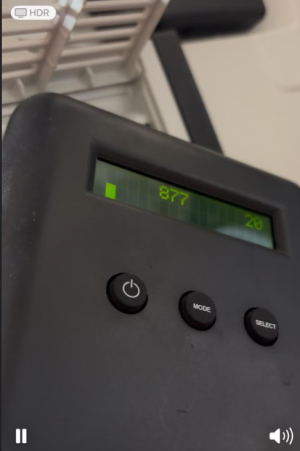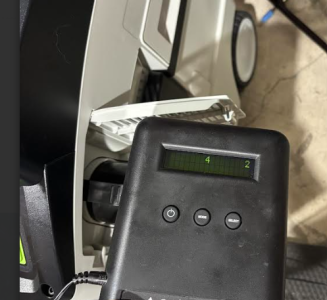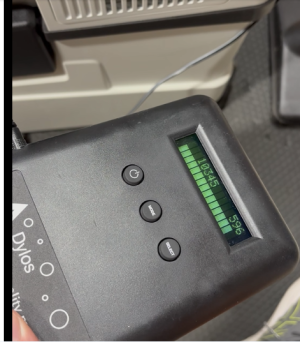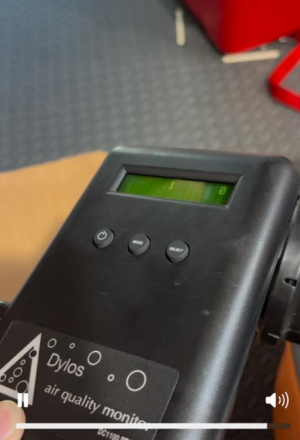Hi Everyone,
I just bought a Festool CT 25 (my first festool) to replace an old Ridgid (Black Friday Special) with a Hepa filter. I have a dylos pro particle tester and wanted to see if having a full unit HEPA certification made a difference on the particles coming out of the unit.
The Ridgid did better. What am I missing? I'm going to reach out to festool support.
Brand New Festool CT 25 Extractor:
Held at exhaust with CT 25 suction setting on Low (Also tried high).
Particle Count goes Up > 800 (.5-micron particles)

Update: I placed the diffuser from the Ridgid into the CT 25 exhaust and the reading went way down.

Update 2:
The particle counts coming out of the air intake/exchange port on the left of the unit are > 10,000. This is expelling something. Could be motor particulates or oil particulates from the motor itself.

Ridgid Shop Vac with Aftermarket HEPA Filter (Non sealed unit):
Held at Ridgid Exhaust Port
Particle Count goes down (with and without shop vac exhaust diffuser).
< 5 (.5 micron particles)

Particle Tester: Dylos DC1100 Professional Air Quality Monitor
I just bought a Festool CT 25 (my first festool) to replace an old Ridgid (Black Friday Special) with a Hepa filter. I have a dylos pro particle tester and wanted to see if having a full unit HEPA certification made a difference on the particles coming out of the unit.
The Ridgid did better. What am I missing? I'm going to reach out to festool support.
Brand New Festool CT 25 Extractor:
Held at exhaust with CT 25 suction setting on Low (Also tried high).
Particle Count goes Up > 800 (.5-micron particles)

Update: I placed the diffuser from the Ridgid into the CT 25 exhaust and the reading went way down.

Update 2:
The particle counts coming out of the air intake/exchange port on the left of the unit are > 10,000. This is expelling something. Could be motor particulates or oil particulates from the motor itself.

Ridgid Shop Vac with Aftermarket HEPA Filter (Non sealed unit):
Held at Ridgid Exhaust Port
Particle Count goes down (with and without shop vac exhaust diffuser).
< 5 (.5 micron particles)

Particle Tester: Dylos DC1100 Professional Air Quality Monitor
Last edited:

